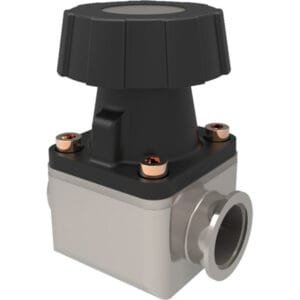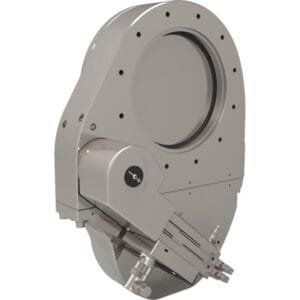Swagelok Union Tees: Leak-Free Tube Branching for Instrumentation and Process Systems
Swagelok Union Tees from TFM are engineered to provide a three-way tube connection—ideal for branching or combining flow paths within gas or liquid systems. With Swagelok’s proven dual-ferrule compression technology, these tees deliver leak-proof, torque-free seals at all tubing intersections, ensuring reliable performance in high-purity and critical process environments.
Designed for use in instrumentation panels, vacuum lines, fluid manifolds, and gas delivery systems, Swagelok Union Tees offer precision alignment, repeatable assembly, and system compatibility with both fractional and metric tubing.
Key Features of Swagelok Union Tees:
Leak-Proof, Torque-Free Sealing
Swagelok’s design ensures secure tube connections without overtightening, minimizing installation error and preserving tubing integrity across all three ports.Three-Way Flow Path Configuration
The T-shaped geometry supports straight-through flow with a perpendicular branch—ideal for diverting or monitoring process fluids or gases.Prevention of Costly and Hazardous Leaks
Built for mission-critical systems, these tees reduce the risk of leaks that could compromise safety, process accuracy, or product purity.Material Flexibility for Application-Specific Use
Stainless Steel Union Tees: Recommended for gas systems, high-temperature, or chemically reactive environments.
Brass Union Tees: Suitable for water systems, low-pressure applications, and non-corrosive fluids.
High-Precision Machining
Manufactured to tight tolerances for seamless tube alignment and consistent seal reliability in repeated installations.
Applications:
Branching process lines in gas distribution manifolds
Diverting coolant flow in precision equipment
Pressure and vacuum tap-offs for instrumentation monitoring
Analytical or sampling access points in fluid systems
General-purpose tubing layouts in lab, plant, or OEM designs
TFM also supplies a full range of Swagelok-compatible fittings, including union crosses, bulkhead adapters, NPT transitions, and elbows, allowing complete customization and extension of your tubing system with Swagelok reliability.
Ordering Table
| Reference | Material | Tube OD 1 | Part Number |
| Swagelok Union Tees | Stainless Steel | 1/16" | SS-100-3 |
| Swagelok Union Tees | Stainless Steel | 1/8" | SS-200-3 |
| Swagelok Union Tees | Stainless Steel | 1/4" | SS-400-3 |
| Swagelok Union Tees | Stainless Steel | 3/8" | SS-600-3 |
| Swagelok Union Tees | Brass | 1/4" | B-400-3 |
| Swagelok Union Tees | Brass | 3/8" | B-600-3 |





Reviews
There are no reviews yet.